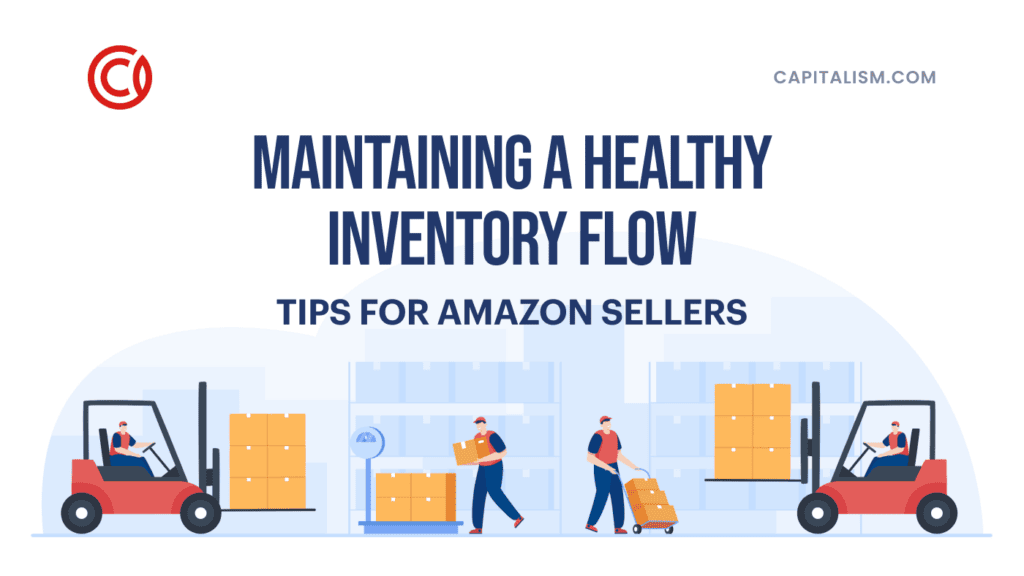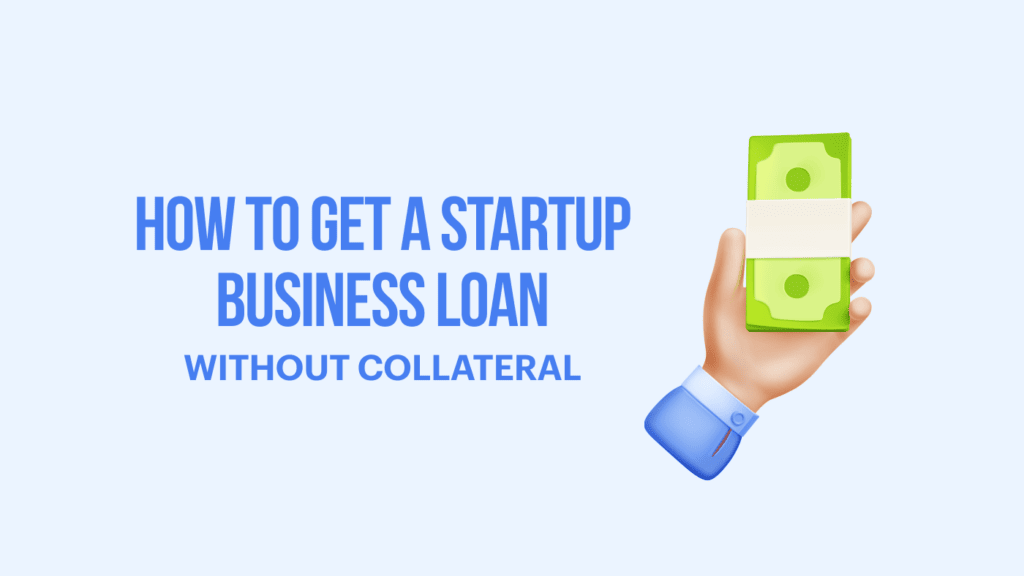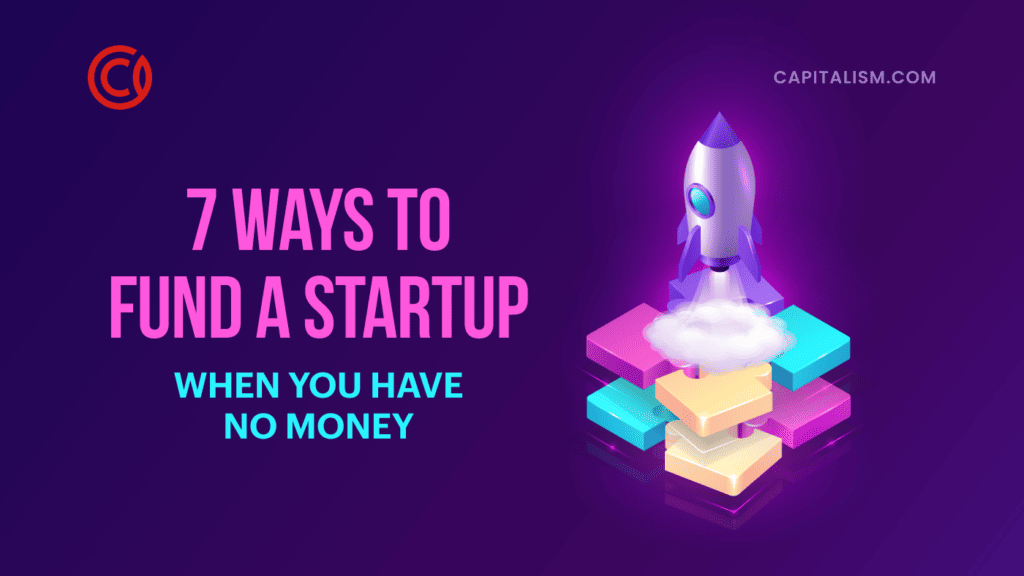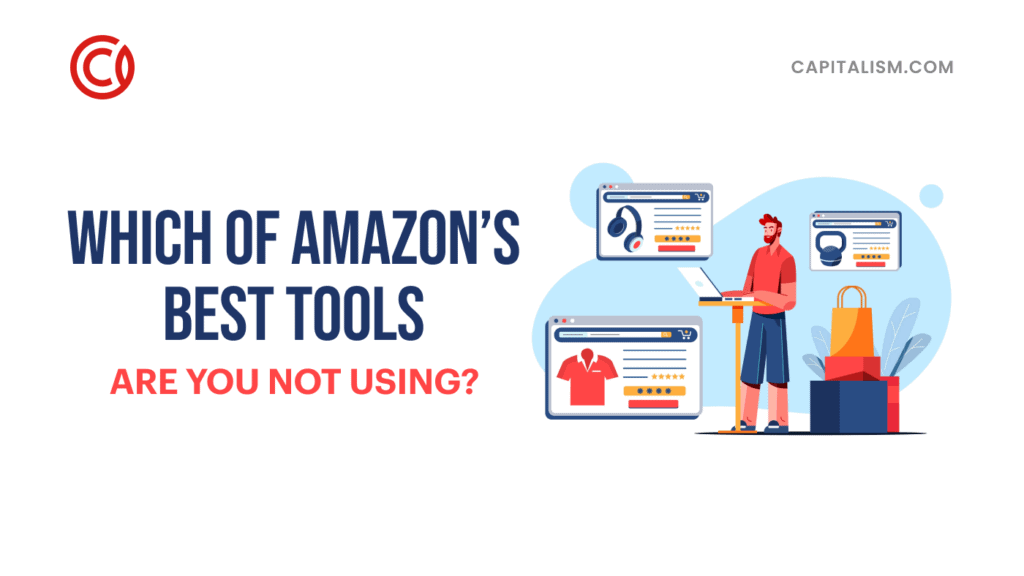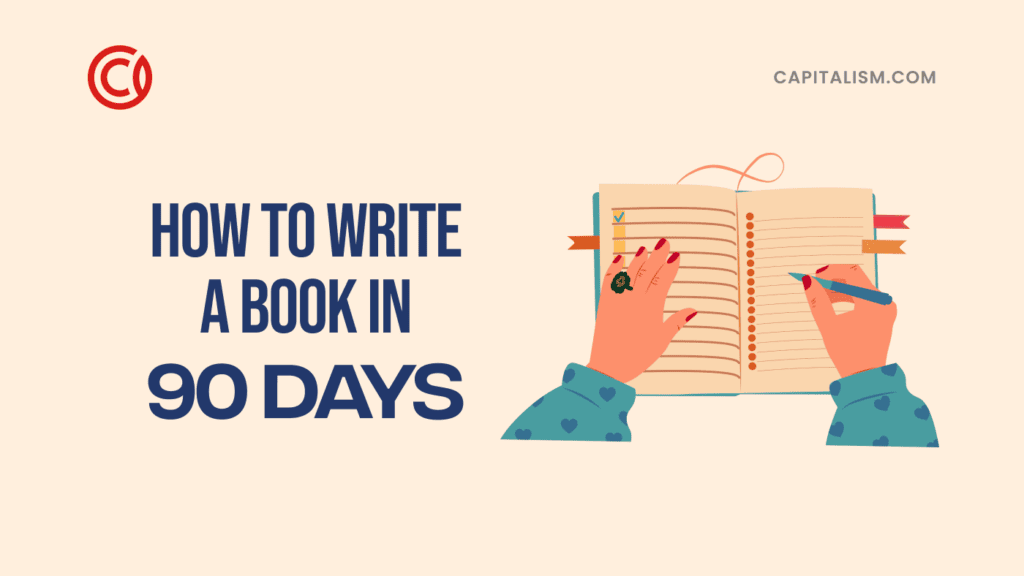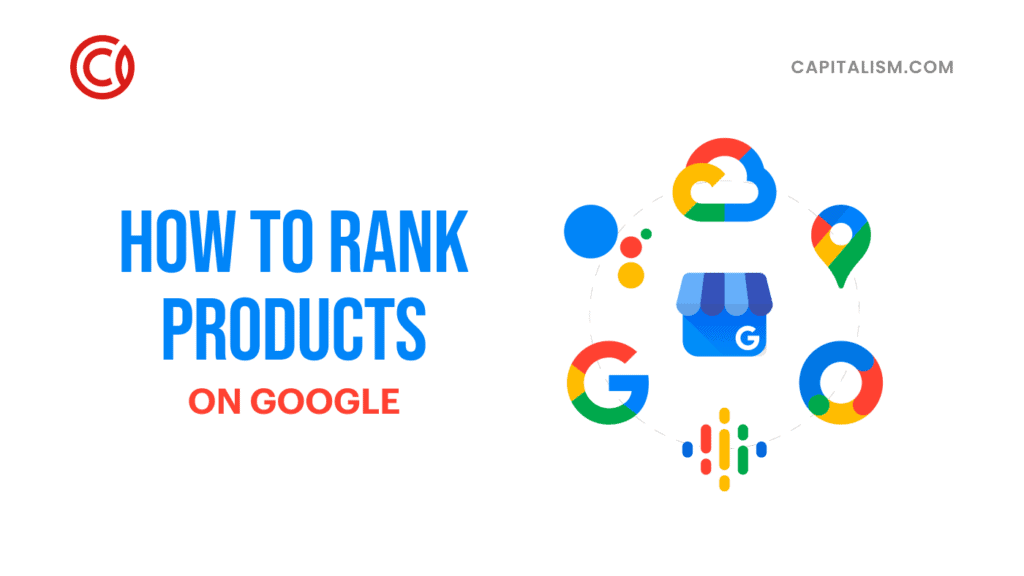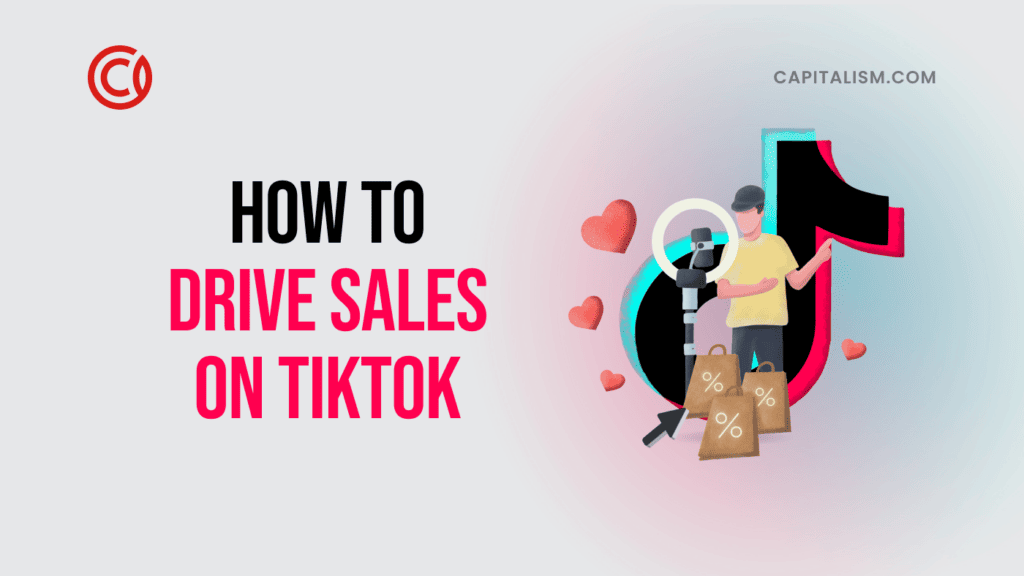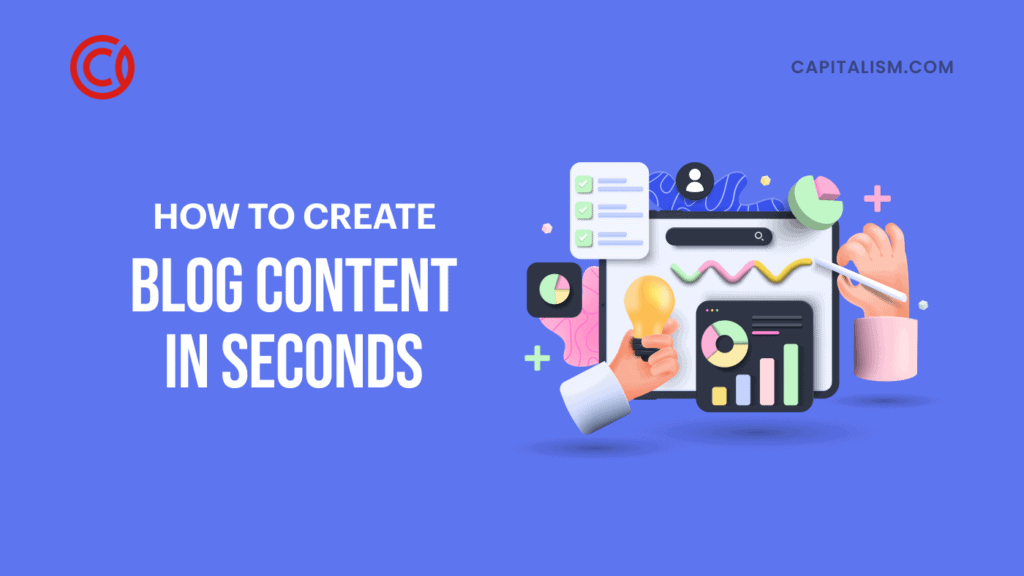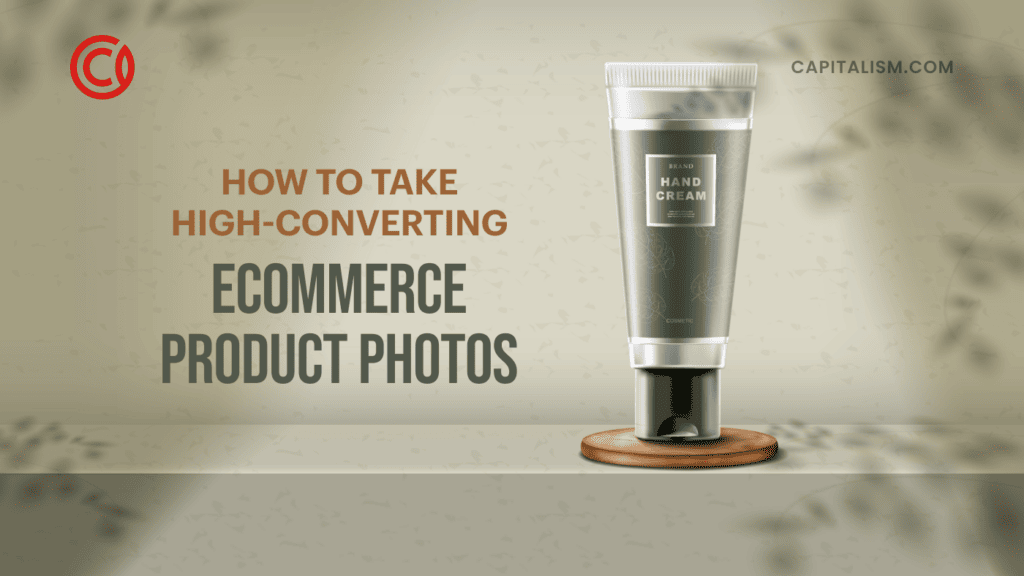Business is a game of growth.
Whether it’s number of subscribers, number of locations, number of customers, territories, revenue, or profit, you need to actively work for more. A business that’s content with their current levels can quickly fall behind the competition.
With so much to do, you’ve got to identify the easiest and most effective ways to get everything done, or you run the risk of getting nothing done.
When it comes to growth – leads, customers, revenue, profit – there’s one tactic that outpaces everything else in terms of power, reach, simplicity, and return-on-investment.
Cold email.
Just how good and effective is it?
- 80% of buyers prefer to be contacted via email
- 89% of marketers list email as their primary channel for lead generation
- Email is 40x better for customer acquisition than Facebook and Twitter combined
- Personalization – even just a little – can skyrocket open and reply rates
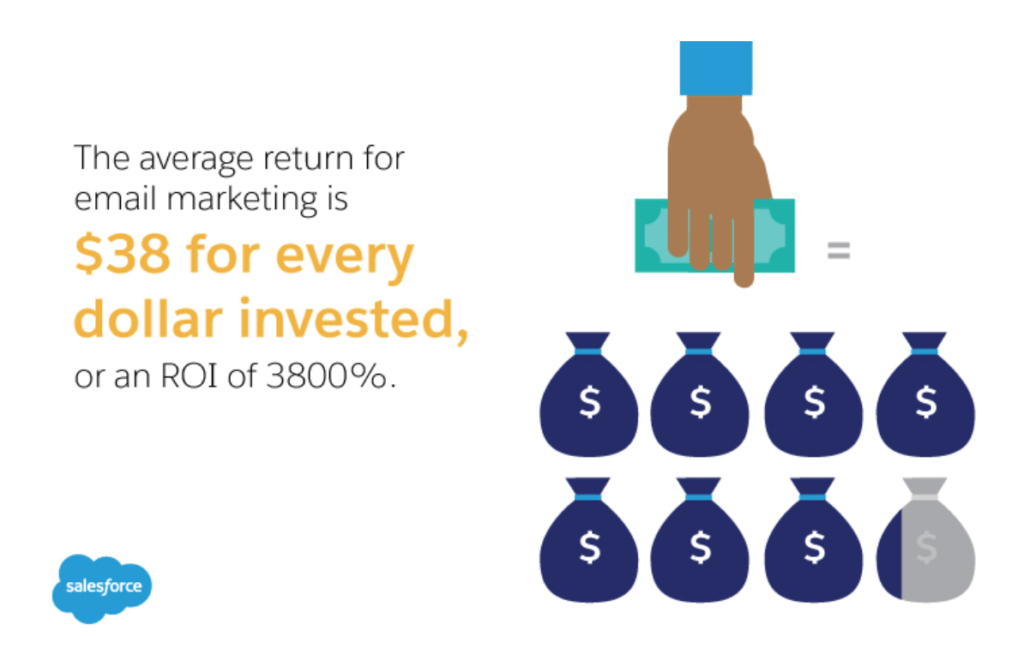
- 59% of marketers in B2B list email as best for revenue generation
- 91% of consumers want to receive emails from businesses: 86% would like them at least once per month, 61% at least weekly, and 15% daily.
That good. That effective.
Regardless of size, you can compete. Email doesn't show preferential treatment based on number of employees or budget.
Here’s how to leverage its unrivaled potential and grow your business.
Here Are Three Cold Email Tips:
1. Building A Killer Email List
It begins and ends with your list.
But the key word here is build. Build your list. Don’t ever buy. You can easily find dozens of sources willing to sell you hundreds or thousands of email addresses. Don’t.
A purchased email list has no value. It is not targeted. It is not earned. It is not enriched. Most recipients will consider your message little more than spam should it somehow escape the junk mail filters in the first place.
Your sender score may be impacted. Your reputation will take a hit.
Building a list may take more time, but the payoff is infinitely better.
Ask yourself: who are my ideal customers? If you haven’t already, start by creating detailed buyer personas.
Identify the people, companies, and/or job titles you need to reach, and then go searching for them.
Start with simple search engine queries using appropriate keywords (location, brand, and job titles). Then head over to popular social media platforms like Twitter, LinkedIn, Facebook, and Instagram and conduct searches there. LinkedIn, for example, lets you search for people using keywords like job title, and then filter those results by location, current or previous companies, language, industry, and more.

Finally, try a third-party prospecting tool like Dux-Soup, LeadSift, DueDil, or Leadfeeder to make it even faster and easier.
Done this way, you’ll begin to gather a list of relevant names and addresses – a targeted audience rather than just a large one.
Use an email verification tool to maintain a clean list. It will identify and eliminate bad, dead, unengaged, and broken addresses to keep your bounce rate low and your sender score high. Scrub your list before using it for the first time, then periodically after that.
Your email list will naturally degrade by about 22.5% each year. It’s your job to a) remove bad addresses, and b) replace them with fresh ones.
After a thorough cleaning and/or after adding new prospects, you’ll next want to enrich those points of contact. You need more than just a name and address if you want to stand out and get attention.
Ideally, you’ll do this manually, visiting the online profiles of each target to get a sense of who they are, what they do, and what they care about, as well as additional demographics and data points.
The more you know, the better you can segment and personalize.
If you just don’t have the time, you can enrich your lead profiles with tools like ZoomInfo or Voila Norbert.
2. Segmenting And Personalizing
Gone are the days of the blast email campaign where you would send the same message out to everyone and hope that it resonated with at least some of them.
That kind of ‘spray and pray’ mentality has no place in modern marketing. Besides, it simply doesn't work.
Consumers expect at least some level of personalization, and nowhere is that more crucial than with cold email.
“While permission-based emails need to be relevant, cold emails need to be personalized. I often see open rates of over 40% on cold emails when I personalize my outreach with highly relevant information that I find in my prospect research.” ~Tim Watson, Founder, Zettasphere
You’re sending a message to someone who didn’t request it, and may have never heard of you or your brand. If you can’t show them you’ve at least taken the time to learn a little about them, why should they care what you have to offer or say?
Short answer: they won’t.
If, on the other hand, you’ve broken your list down into smaller segments – each with a message specific to that one group only – and each individual recipient has some personal details sprinkled throughout, you’re much more likely to get the all-important open, click, and reply.
You can segment by job title, location, industry, micro-niche, company, and so on.
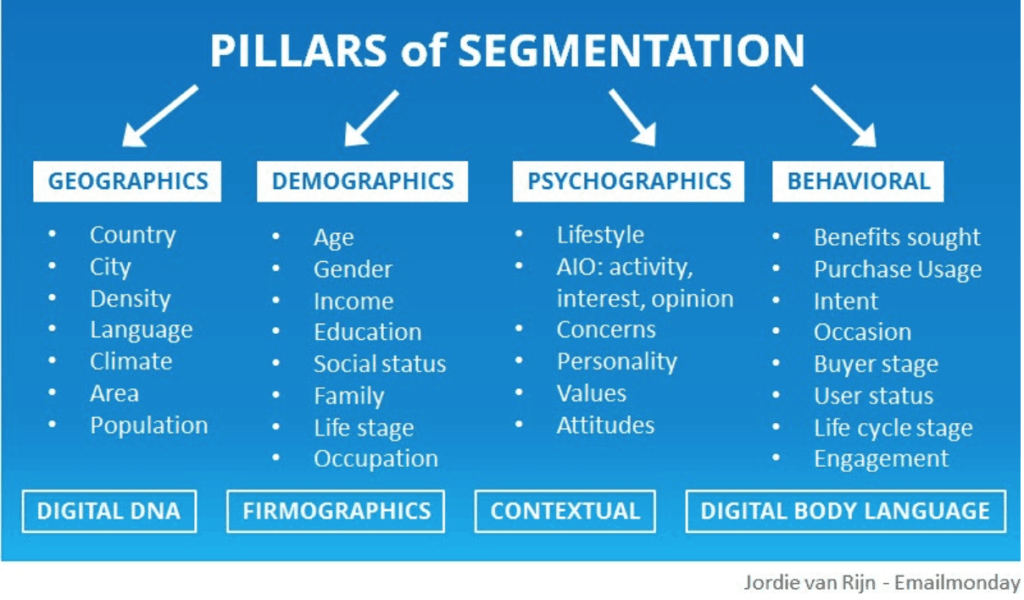
Segmentation groups people by some shared characteristic or trait. Personalization is customizing your message for a single recipient.
You need both.
Don’t just take my word for it, though:
- Including a first name in the subject line can increase open rates by over 22%
- A personalized message can increase reply rates by 100%
- Marketers saw a 760% increase in revenue from segmented email campaigns
- 39% of respondents experienced a higher open rate, 24% saw greater revenue and deliverability, and 21% produced better customer retention using segmentation
- Highly targeted groups – i.e. smaller segments – deliver a higher average uplift in customer value.
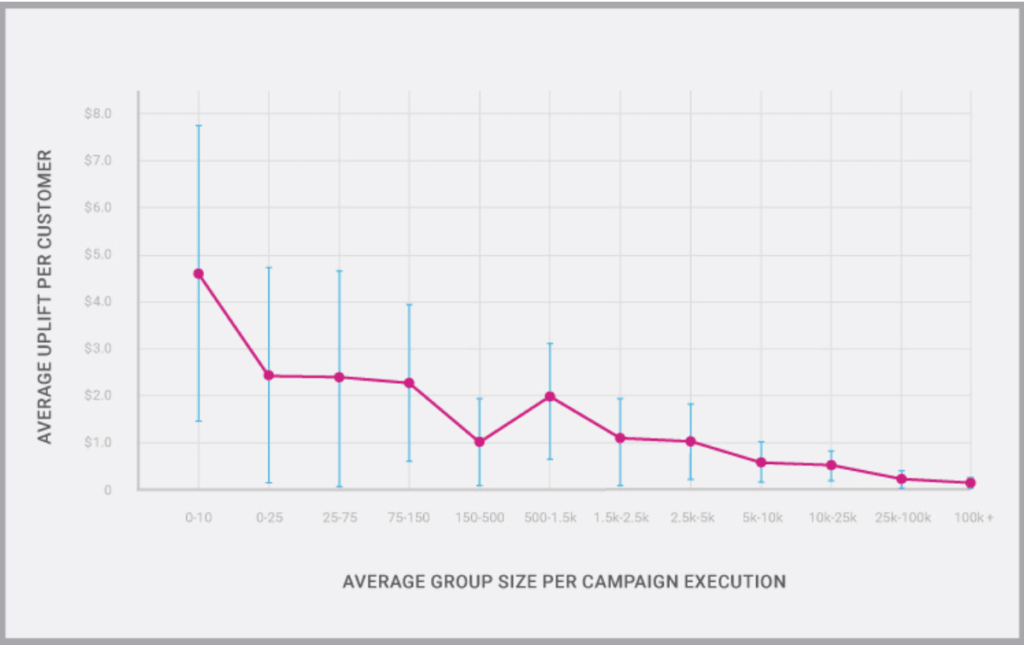
Most email service providers like Mailshake allow for automatic personalization of your emails, no matter how many segments and recipients.
“Email has an ability many channels don’t: creating valuable, personal touches – at scale.” ~David Newman, Marketing Expert and Author
The takeaway? Segment and personalize.
3. Using The 80/20 Approach To Writing Your Emails
In a perfect world, you’d have the time to give your full attention to everything that needs it. But this isn’t a perfect world.
Once you’ve built, scrubbed, segmented, and personalized your list, you’ve got to actually write the specific messages you’re going to send out to each group.
There are no shortcuts, but the Pareto Principle can help you identify which parts demand the most focus.
In a nutshell, the Principle states that 80% of the results – whatever that means – come from only 20% of the effort.
You need to find ways to work smarter, so zero in on the 20% of your emails that are doing the 80% of the work: your subject line, your call-to-action or offer, and your signature.
Your Subject Line
The humble subject line is excruciatingly important: 35% decide to open an email and 69% report it as spam based on the subject line alone.
The fastest way to find the best subject line is via A/B testing.
In general, your cold email subject lines should be:
- Personalized
- Short, casual, and conversational
- To the point
- Genuine
Clear beats clever every day of the week. Experiment. Try a few. Find the formula that works best for your audience.
Your CTA or Offer
If you’ve got better than average open rates, but you’re just not getting clicks or replies, then your call-to-action or offer is probably to blame.
The trick is to offer them something free, valuable, and easy to get. You’re not selling. You’re not asking for anything. Yet.
As with your subject lines, test everything: the placement of your CTA, link vs. button, micro-copy, and more.
Limit yourself to one CTA per message. Be specific. Be clear. Ultimately, you want them to do something, but it needs to be framed with what’s in it for them.
Your Email Signature
Often overlooked, your sign-off and signature is a golden opportunity to sell yourself and strengthen the connection.
Say ‘thank you’. A study by Boomerang found that ‘thanks in advance’, ‘thanks’, and ‘thank you’ were the sign-offs that produced the highest response rates.
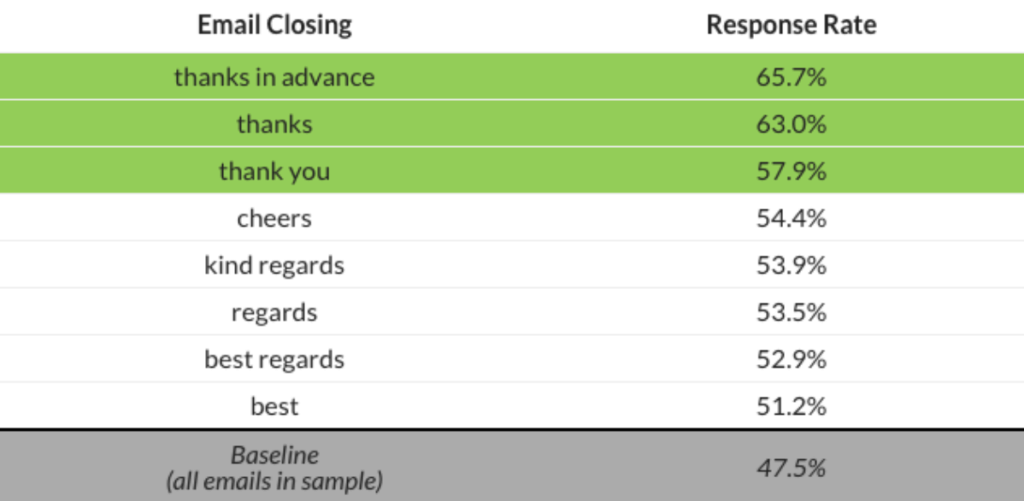
Include a photo so they can attach a face to your name. It humanizes you.
List your important data, like job title, contact details, and social media profiles to avoid wasting space in the main body.
Consider adding a link to your latest blog post. This allows them to quickly and easily learn more about you.
A tool like WiseStamp can put it all together for you.
Of course, I’m not suggesting you ignore the main body. You shouldn’t. That said, if you can nail the subject line, CTA, and signature, you’re 80% of the way home.
Your main message should be short and to the point: why you’re writing, why they should care (aka the benefit to them), and what they should do next.
Send it. Then follow-up if you don’t get a reply. That's critical.
Mastering the art of the cold email takes time and practice. Do it.
Why? Because email is the great equalizer. All businesses – from startups to freelancers to SMBs to enterprise-level multinational corporations – can and do use it. The budget you have to work with matters much less than the quality of your campaigns.
It simply delivers.
How are you currently leveraging the power of email? Leave your comments below:
About the Author:
 Sujan Patel is a partner at Ramp Ventures, makers of Mailshake, Pick, VoilaNorbe
Sujan Patel is a partner at Ramp Ventures, makers of Mailshake, Pick, VoilaNorbe


